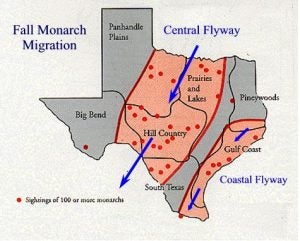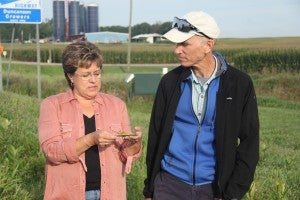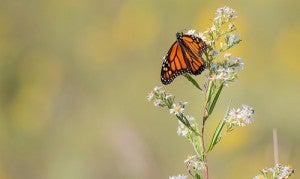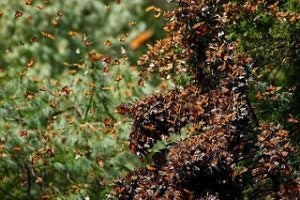
Monarchs cluster on oyamel fir branches to stay warm. Tens of thousands of monarchs can cluster on a single tree. Photo credit: Pablo Leautaud (license)
Just as some people travel great distances to spend the holiday season with family and friends, monarch butterflies, too, make a long journey to spend the winter gathered together in the oyamel fir forests of Mexico.
The eastern population passes through Oklahoma and Texas on its annual migration south, stopping periodically to fuel up on nectar, ultimately reaching their destination in the mountains of central Mexico.
Unfortunately, the monarch’s winter home is under stress, which has contributed to a 90-percent decline in the species’ population over the last two decades. Read More
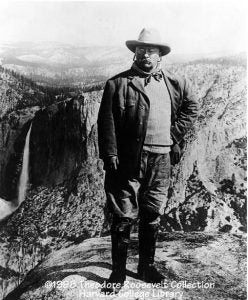
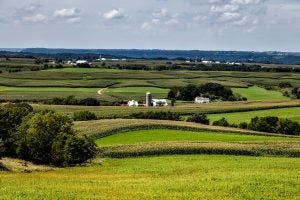 Like all Americans, I woke up on November 9 to a new reality: A few more Democrats in Congress, and yes, a President-elect who promised to dismantle our nation’s core environmental protections.
Like all Americans, I woke up on November 9 to a new reality: A few more Democrats in Congress, and yes, a President-elect who promised to dismantle our nation’s core environmental protections.
